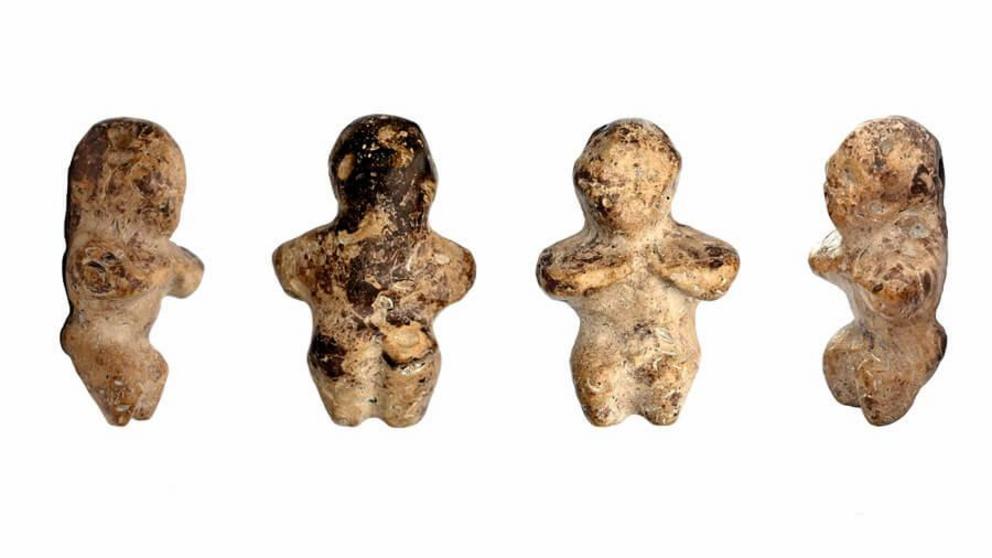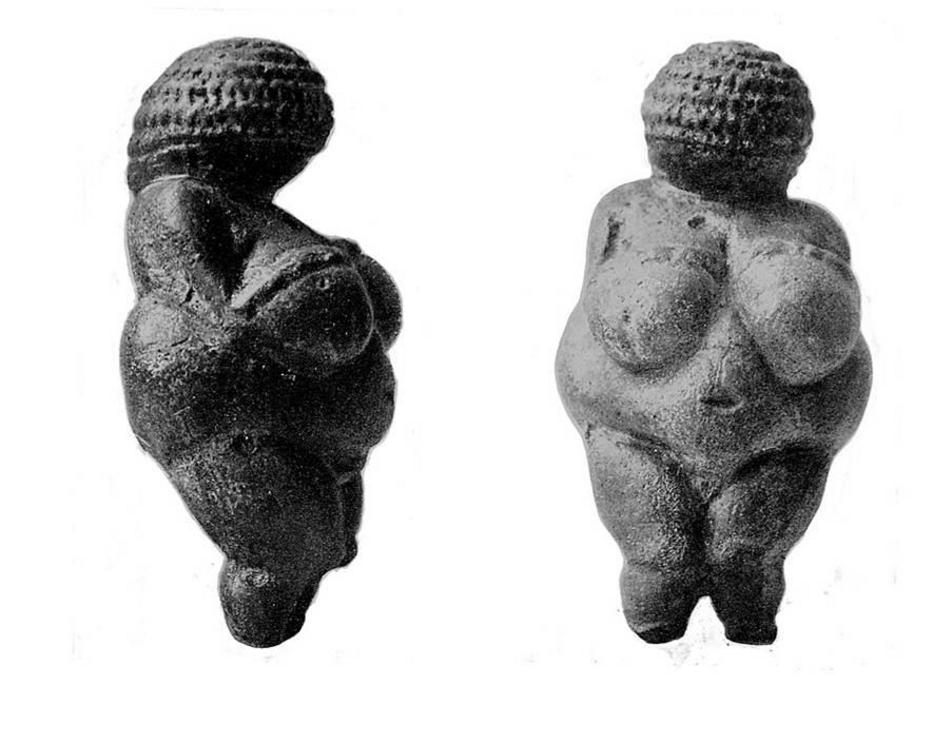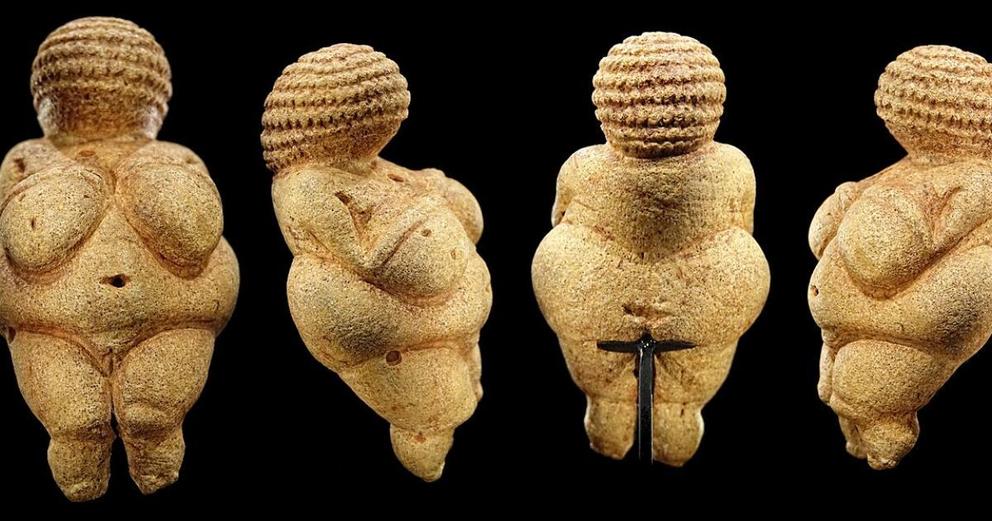6000-year-old ancient Venus figurine discovered in the Polish Baltic, rewriting history
Top image: Venus of Willendorf figurine, seen from all four sides.
Deep in the peaceful countryside along Poland's Baltic shore, where the Parsęta River flows toward the ocean, a farmer unearthed a find that would rewrite northern Europe's prehistory. In the sandy ground lay a small, beige sculpture — no more than 12 centimeters tall — given the title of the ‘Kołobrzeg Venus’, a 6,000-year-old limestone statuette.
Now celebrated as one of the most sensational archaeological discoveries in Polish history, the statuette has wide hips, prominent breasts, and absence of facial features. It recalls the ancient Venus figurine convention — female forms sculpted in the Neolithic and Paleolithic eras that have long fascinated and baffled archaeologist, reports Muzeum Oręża Polskiego w Kołobrzegu.
Find of the Century: A Neolithic Relic
The figurine was discovered in December 2022 by a farmer working the land near Kołobrzeg, a city that today is better known for its seaside resorts than its ancient past. The farmer passed the object to Waldemar Sadowski of the Parsęta Exploration and Search Group, an amateur archaeological team that collaborates with the Polish Arms Museum.
The discovery was finally shown to professional archaeologist Marcin Krzepkowski of the Relicta Foundation in 2023, who recognised its singularity at once.
"This is the find of the century," said Aleksander Ostasz, director of the Polish Arms Museum in Kołobrzeg, in an interview with National Geographic. "It absolutely pushes the boundaries of our history of Kołobrzeg."
Radiocarbon testing established that the figurine is Neolithic in age — around 6,000 years old — which makes it one of the oldest known artifacts associated with settled agricultural communities in this part of Europe. Previously, no such figurines were ever found north of the Carpathians, so Kołobrzeg Venus is a stunning exception and an anomaly in Poland's archaeological history.
 Various Palaeolithic Venus figurines.
Various Palaeolithic Venus figurines.
A Sacred Symbol of Fertility or Something Else?
The Venus is carved from friable limestone, with breasts and hips that are definitively outlined — characteristics long thought to be symbols of fertility, motherhood, or maybe divine femininity by scholars. The legs of the figure taper off, maybe formed by pounding the stone with a tool.
Its smooth, featureless face doesn't have the personal detail of a portrait, implying that it was not intended to depict an individual. Rather, in the style of the well-known Venus of Willendorf or Hohle Fels, it represents an ideal — a kind of spiritual archetype transmitted from generation to generation.
In the opinion of Jan Orliński, head of the Parsęta Exploration and Search Group, the object was certainly hand-crafted, and its form fits into the general symbolic tradition of Venus figurines discovered throughout prehistoric Europe. "It is most probably a symbol of Venus, a fertility goddess," he said to National Geographic.
The authenticity and age of the object were verified by the Polish Conservator of Monuments after several months of examination by specialists from throughout the nation. According to their research, the Kołobrzeg Venus was likely created by the early farming communities that inhabited along the coastline of the Baltic Sea, combining subsistence agriculture with fishing and overseas trade.
What makes the Kołobrzeg Venus so important is not only its age or shape, but geography. The majority of other prehistoric Venuses — like the 40,000-year-old Hohle Fels Venus in southern Germany or the 30,000-year-old Venus of Willendorf from Austria — were discovered in Central or Southern Europe. A find in a similar item along Poland's northern edge indicates that Neolithic symbolic traditions reached further than formerly thought, reports The Art Newspaper.
This single artifact could be a harbinger of more to come. "We took a lot of time to verify the authenticity of the figurine and the location of the discovery," said archaeologist Marcin Krzepkowski. "Sometimes, spectacular finds are made by accident."
 A female Paleolithic figurine, Venus of Willendorf.
A female Paleolithic figurine, Venus of Willendorf.
In fact, the Kołobrzeg area has been poorly represented in discussions of early Neolithic ritual art. The Venus disproves presumptions that only more advanced or agriculturally advanced regions were capable of making symbolic or religious objects. It suggests there was a richer, more multifaceted spiritual life among the people of Poland's prehistoric coast.
Ahead of the Curve: A Goddess for the Museum
The figurine is now held by the Polish Arms Museum in Kołobrzeg, where it will soon be the focal point of a newly expanded exhibit that stretches back into the region's rich prehistory. For a city whose museum has long specialized in medieval and military history, the arrival of the Kołobrzeg Venus is a deep change — a new creation myth told not in swords or shields, but in stone and symbolism.
Current research, involving 3D scanning and microscopic residue analysis, hopes to further determine the way the figurine was created, utilized, and perhaps even revered. Researchers are particularly keen to analyze the subtle markings on the surface of the figure, which might contain evidence of pigment, ritual handling, or symbolic decoration.
For full references please use source link below.

